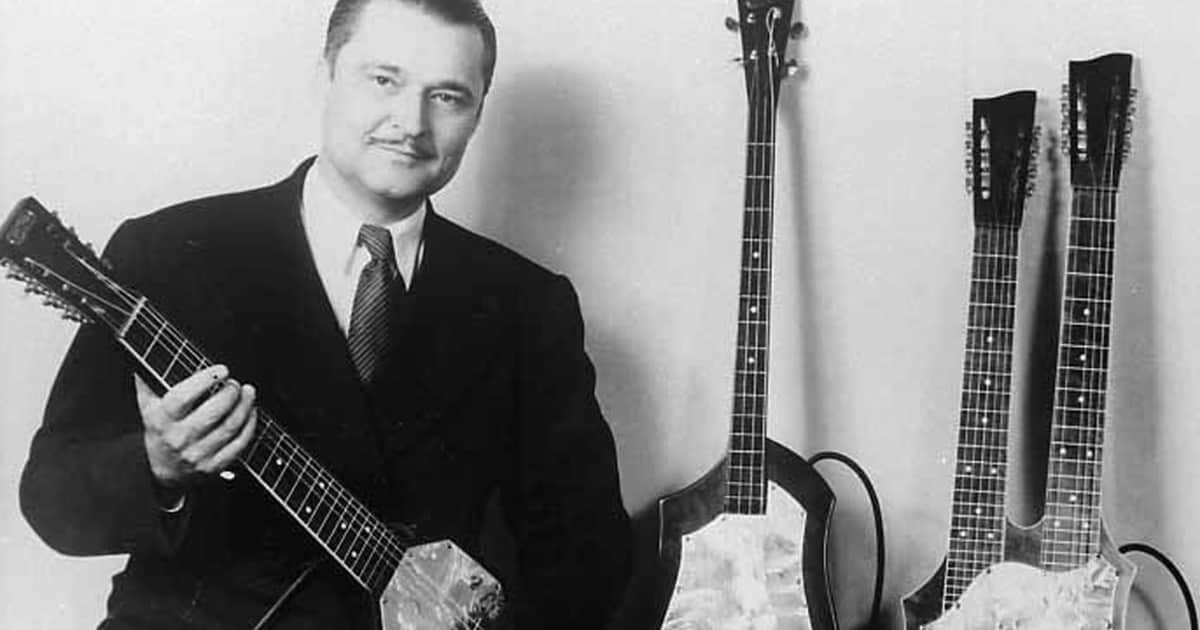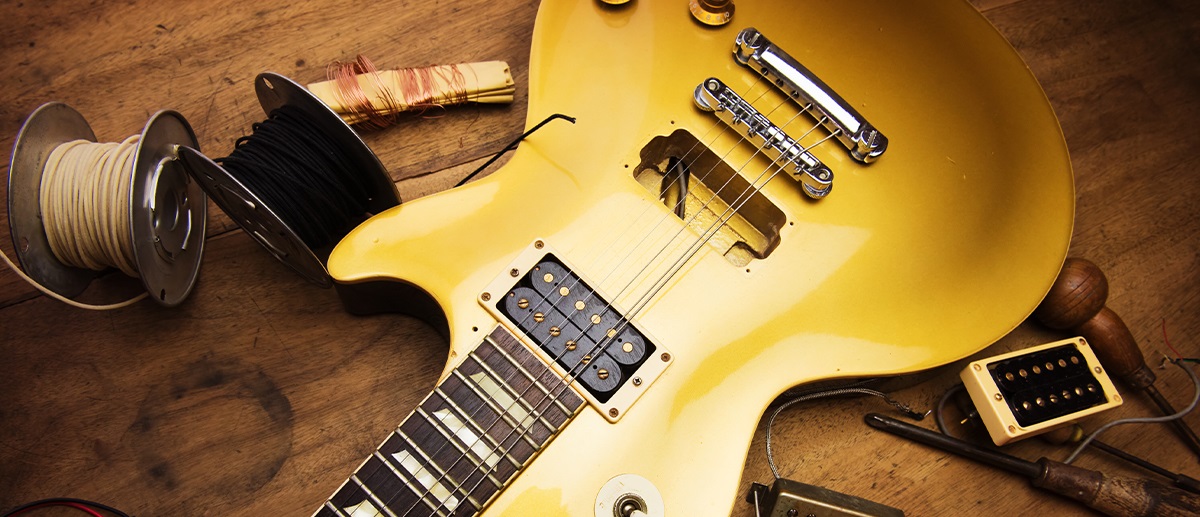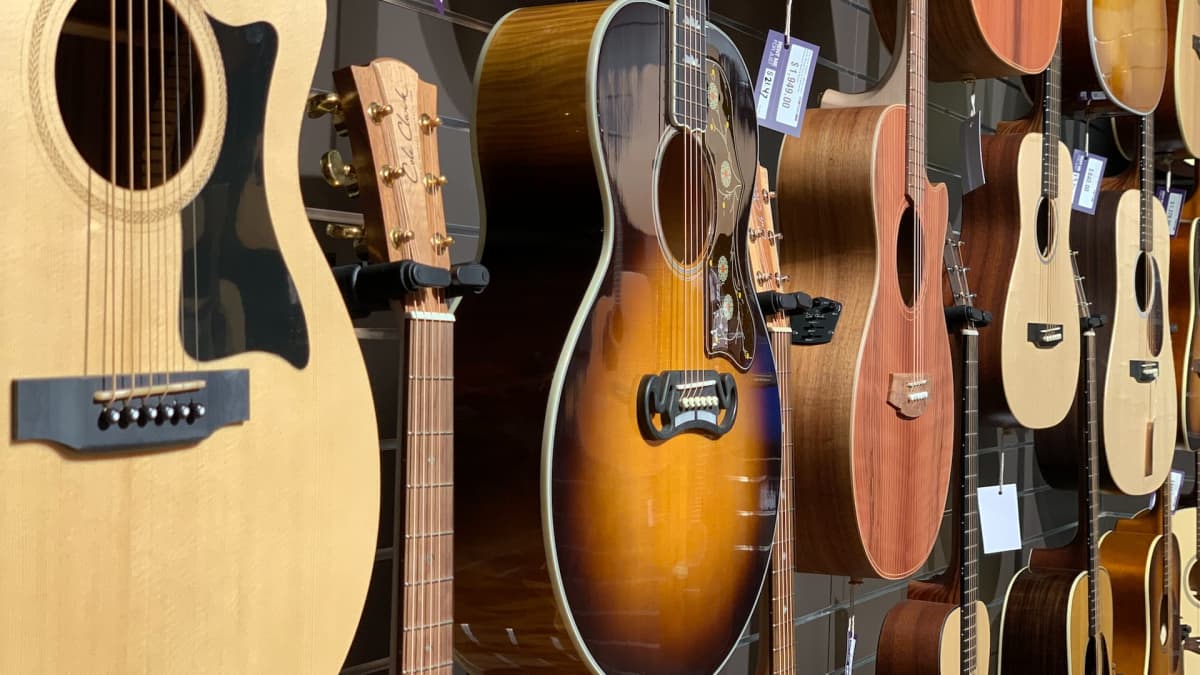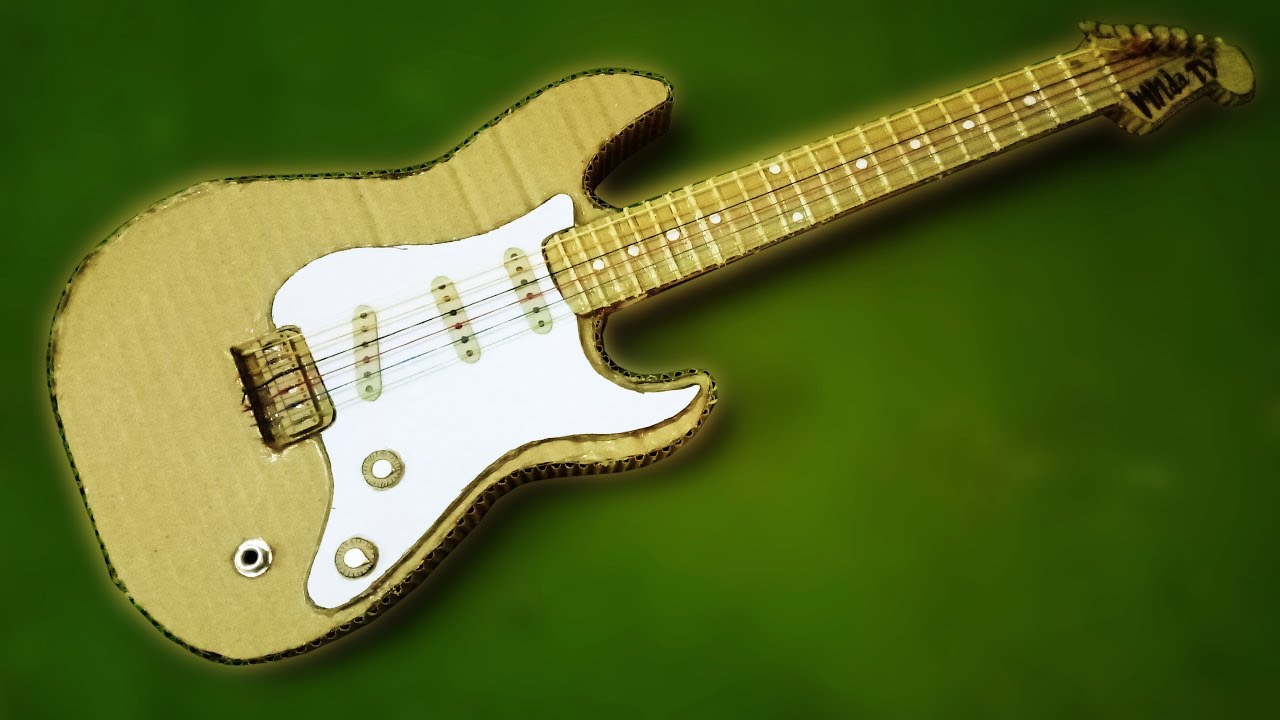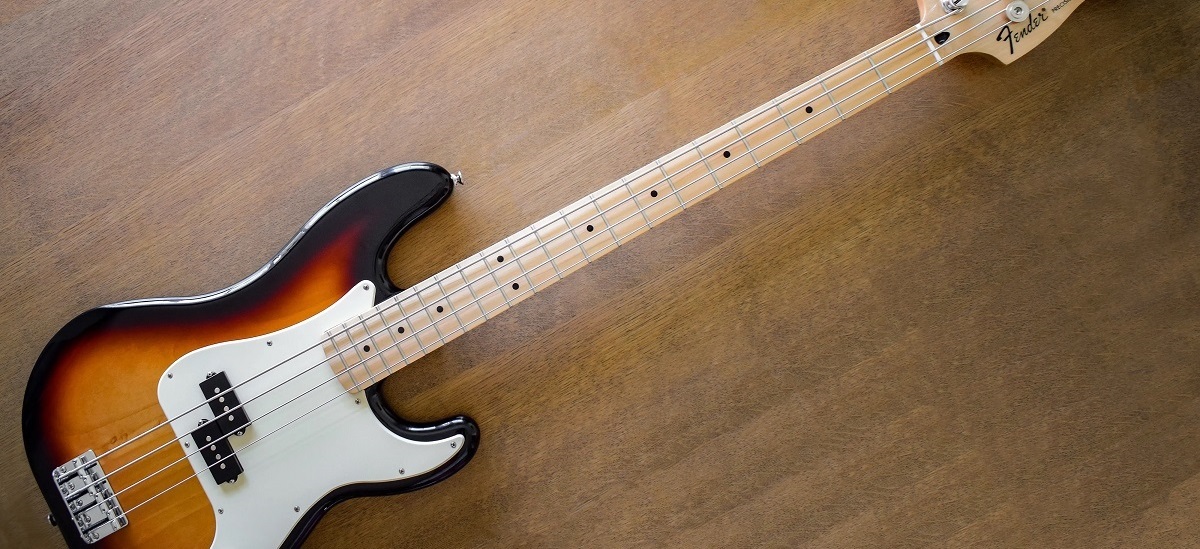Introduction
The electric guitar is an iconic instrument that has revolutionized the music industry and shaped the sound of modern music. With its ability to produce a wide range of tones and its versatility in various musical genres, the electric guitar has become a staple in bands and solo performances around the world. Its invention marked a significant milestone in the history of music, paving the way for new sounds and styles that continue to captivate audiences to this day.
The journey of the electric guitar is a fascinating tale that encompasses innovation, experimentation, and the quest for amplification. From its humble beginnings to its evolution into a cultural symbol, the electric guitar has left an indelible mark on the music landscape.
This article delves into the captivating history of the electric guitar, tracing its origins, the invention of the first electric guitar, and its remarkable evolution over the decades. By exploring the pivotal moments and the visionary individuals who contributed to its development, we gain a deeper appreciation for the instrument that has become synonymous with rock and roll, blues, jazz, and a myriad of other musical genres.
Join us on a journey through time as we unravel the story behind the electric guitar, from its early beginnings to its status as a cultural icon. Let's explore the innovative spirit and ingenuity that propelled the electric guitar into the spotlight, forever changing the way music is created and experienced.
The Early Beginnings of the Electric Guitar
The roots of the electric guitar can be traced back to the late 19th century when inventors and luthiers began exploring ways to amplify the sound of traditional acoustic guitars. The desire to create a louder and more versatile instrument drove the initial experiments that would eventually lead to the birth of the electric guitar.
One of the earliest attempts to electrify the guitar can be attributed to the pioneering work of inventors such as George Beauchamp and Adolph Rickenbacker in the 1920s. Their collaboration resulted in the development of the “frying pan” lap steel guitar, which utilized a magnetic pickup to convert string vibrations into electrical signals. This innovative design marked a significant leap forward in the quest for amplified sound, laying the groundwork for future advancements in electric guitar technology.
Simultaneously, other inventors and companies, including Lloyd Loar of the Gibson Guitar Corporation, were also experimenting with electrified instruments, seeking to harness the potential of amplified sound for musicians. These early endeavors set the stage for the electrification of the guitar and foreshadowed the transformative impact it would have on the music industry.
As the demand for amplified music grew, the electric guitar continued to evolve, with musicians and inventors pushing the boundaries of its capabilities. The integration of pickups, amplifiers, and innovative designs paved the way for the electric guitar to become a driving force in popular music, forever altering the sonic landscape and inspiring generations of musicians.
From these humble beginnings emerged the foundation of the electric guitar’s journey, setting the stage for the invention of the first electric guitar and the remarkable evolution that would follow.
The Invention of the First Electric Guitar
The birth of the first electric guitar is attributed to the ingenuity and vision of musician and inventor, Les Paul. In the early 1930s, Paul embarked on a quest to create a solid-body electric guitar that would address the feedback and sustain issues plaguing hollow-body electric guitars of the time. His relentless pursuit of a solution led to the development of a groundbreaking instrument that would forever change the course of music history.
Les Paul’s experimentation culminated in the creation of “The Log,” a prototype that integrated a solid piece of pine with two pickups and a bridge. This innovative design marked a pivotal moment in the evolution of the electric guitar, as it laid the foundation for the development of the iconic Gibson Les Paul model. Paul’s relentless dedication to perfecting the electric guitar’s design and functionality solidified his legacy as a trailblazer in the world of music technology.
Simultaneously, another visionary, Leo Fender, was making strides in electric guitar innovation. In the late 1940s, Fender introduced the groundbreaking Fender Broadcaster, later renamed the Telecaster, which featured a solid-body design and a single-cutaway shape. This pioneering instrument set a new standard for electric guitars, showcasing the potential of solid-body construction and influencing the future of guitar manufacturing.
These pioneering efforts by Les Paul and Leo Fender marked a turning point in the history of the electric guitar, propelling it into a new era of sonic possibilities. Their inventions not only addressed the technical limitations of traditional acoustic and hollow-body guitars but also sparked a revolution in musical expression, enabling guitarists to explore a broader sonic palette and redefine the boundaries of musical genres.
The invention of the first electric guitars paved the way for a wave of innovation and creativity, shaping the sound of popular music and inspiring countless musicians to push the boundaries of what was thought possible with the instrument. The impact of these revolutionary designs continues to resonate in the hearts and minds of music enthusiasts worldwide, cementing the electric guitar’s status as an enduring symbol of artistic expression and technical prowess.
The Evolution of the Electric Guitar
The evolution of the electric guitar has been marked by a series of transformative innovations and design advancements that have redefined the instrument’s capabilities and reshaped the sonic landscape of modern music. From the pioneering developments of the mid-20th century to the cutting-edge technologies of the present day, the electric guitar has undergone a remarkable journey of evolution, continually pushing the boundaries of musical expression and technical ingenuity.
In the 1950s and 1960s, iconic electric guitar models such as the Gibson Les Paul, Fender Stratocaster, and Fender Telecaster emerged as symbols of innovation and craftsmanship, captivating musicians with their distinct tones and versatile playability. These instruments not only became synonymous with the sounds of rock and roll, blues, and jazz but also set a new standard for electric guitar design, inspiring generations of players and shaping the sonic identity of popular music.
As the music industry embraced new genres and styles, the electric guitar continued to adapt and evolve, giving rise to a diverse array of models tailored to different playing techniques and musical preferences. Innovations such as humbucking pickups, tremolo systems, and ergonomic body contours expanded the sonic and expressive capabilities of the electric guitar, empowering musicians to explore new sonic frontiers and redefine the boundaries of musical genres.
Furthermore, the advent of digital signal processing and modeling technologies in the late 20th and early 21st centuries ushered in a new era of sonic exploration for electric guitarists. These advancements enabled players to access a vast array of tones and effects, transcending the limitations of traditional analog gear and opening up new creative possibilities in live performance and studio recording.
Today, the electric guitar stands at the forefront of musical innovation, with cutting-edge advancements in materials, electronics, and digital connectivity shaping the next generation of instruments. From lightweight, ergonomic designs to integrated wireless connectivity and advanced signal processing capabilities, modern electric guitars embody the spirit of innovation and adaptability, empowering musicians to express their unique artistic visions in the ever-evolving landscape of contemporary music.
Conclusion
The electric guitar’s journey from its early beginnings to its present-day evolution is a testament to the enduring spirit of innovation and creativity in the world of music. From the pioneering experiments of inventors in the early 20th century to the groundbreaking designs of visionaries like Les Paul and Leo Fender, the electric guitar has continually pushed the boundaries of what is possible, both sonically and technologically.
Throughout its storied history, the electric guitar has not only shaped the sounds of popular music but has also become a cultural icon, symbolizing artistic expression and technical prowess. Its ability to adapt to new musical styles and technological advancements has ensured its relevance in an ever-changing musical landscape, captivating audiences and inspiring musicians across genres and generations.
As we reflect on the remarkable evolution of the electric guitar, we are reminded of the instrument’s enduring impact on the world of music. Its legacy is woven into the fabric of countless iconic recordings, legendary performances, and the personal journeys of musicians who have found their voice through its strings. The electric guitar’s journey is a testament to the power of human ingenuity and the unyielding pursuit of sonic innovation.
Looking ahead, the electric guitar continues to inspire new generations of musicians and instrument designers, driving the exploration of new sonic frontiers and technological advancements. As we embrace the future, the electric guitar stands as a symbol of artistic freedom and limitless creative potential, inviting musicians to embark on a journey of sonic discovery and self-expression.
With its rich history and boundless possibilities, the electric guitar remains an enduring source of inspiration, driving the evolution of music and serving as a timeless muse for those who seek to harness its expressive power. As we celebrate its past, present, and future, the electric guitar stands as a testament to the transformative impact of human innovation and the enduring resonance of musical creativity.







